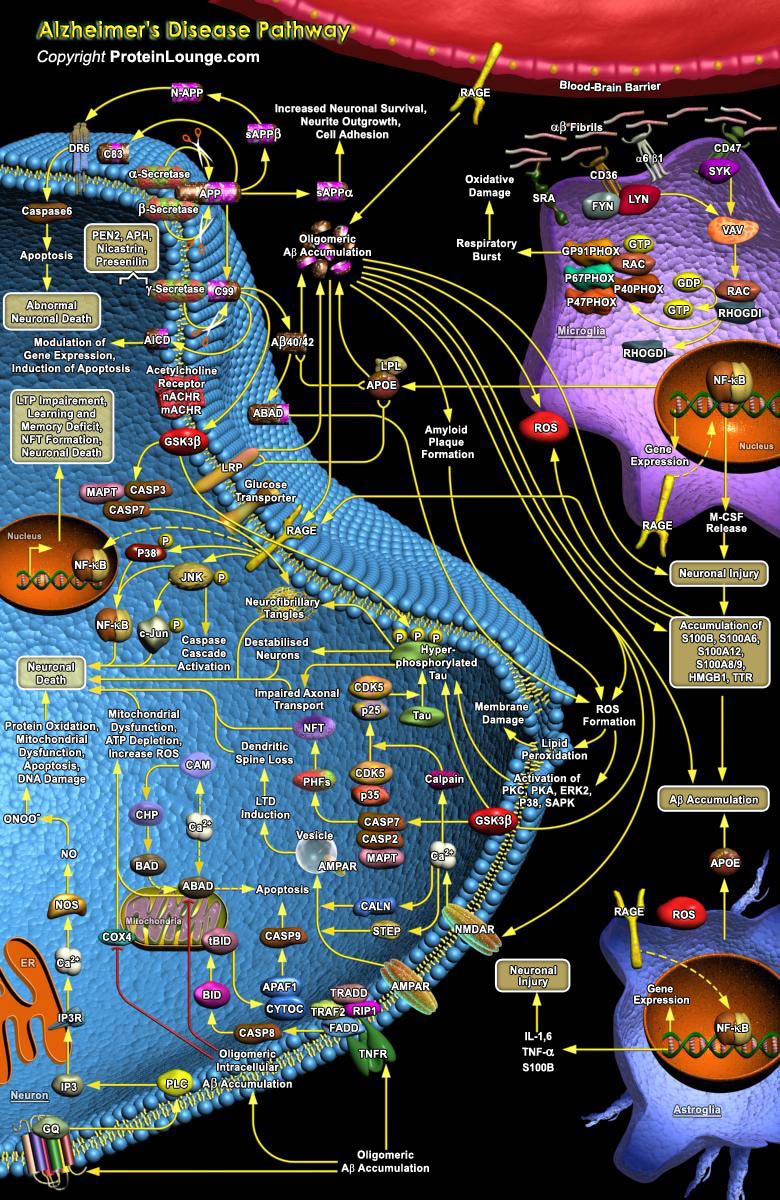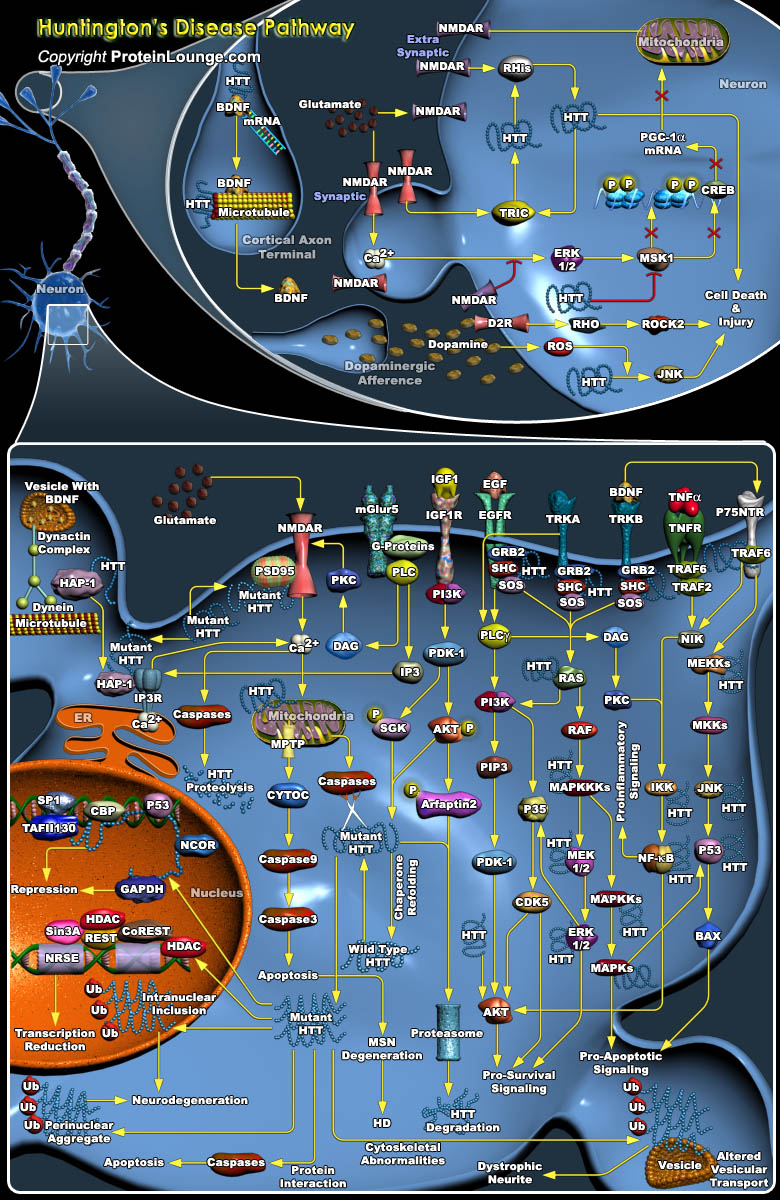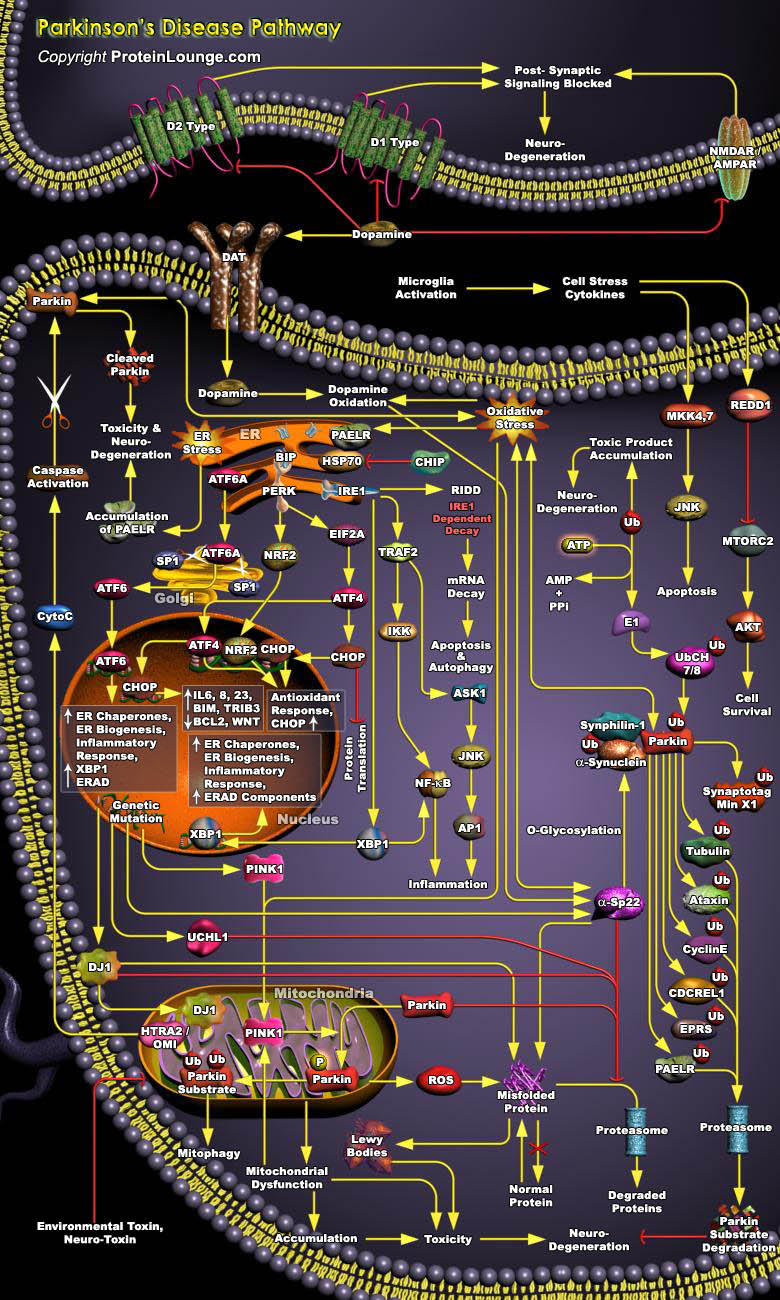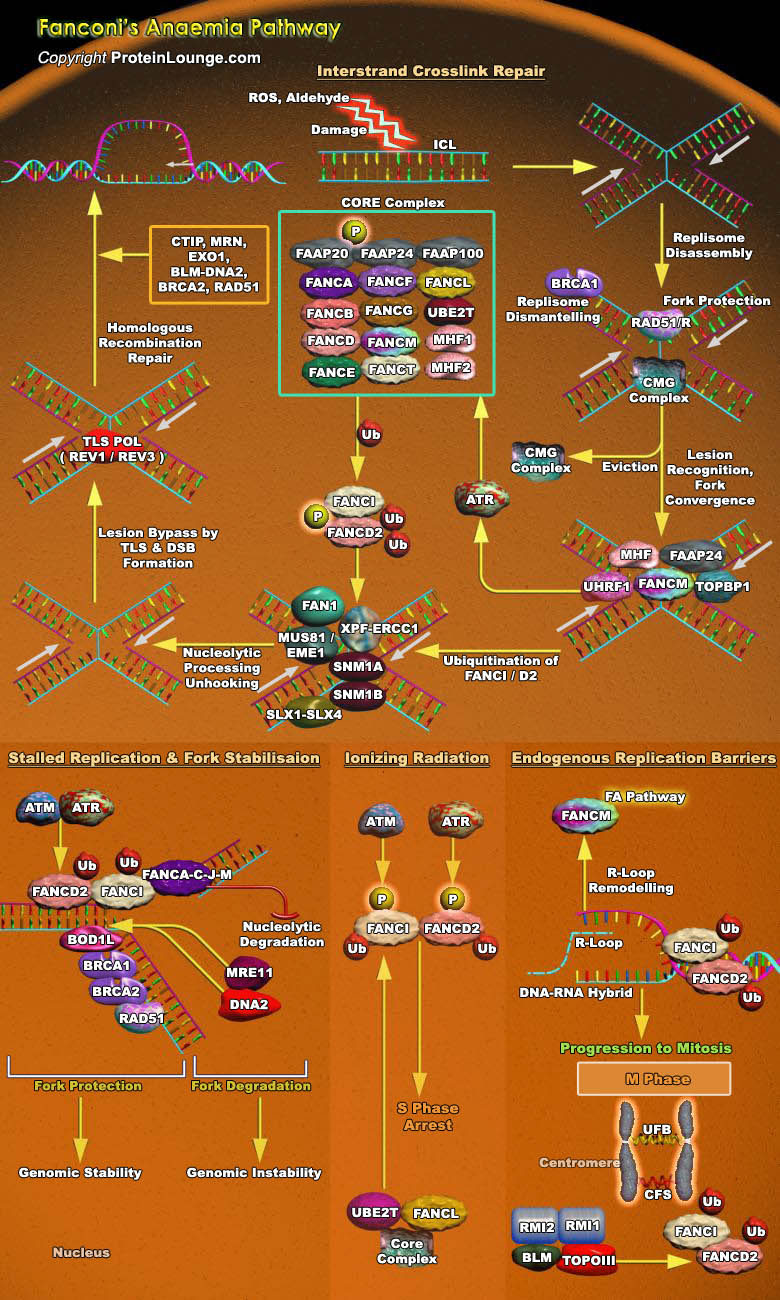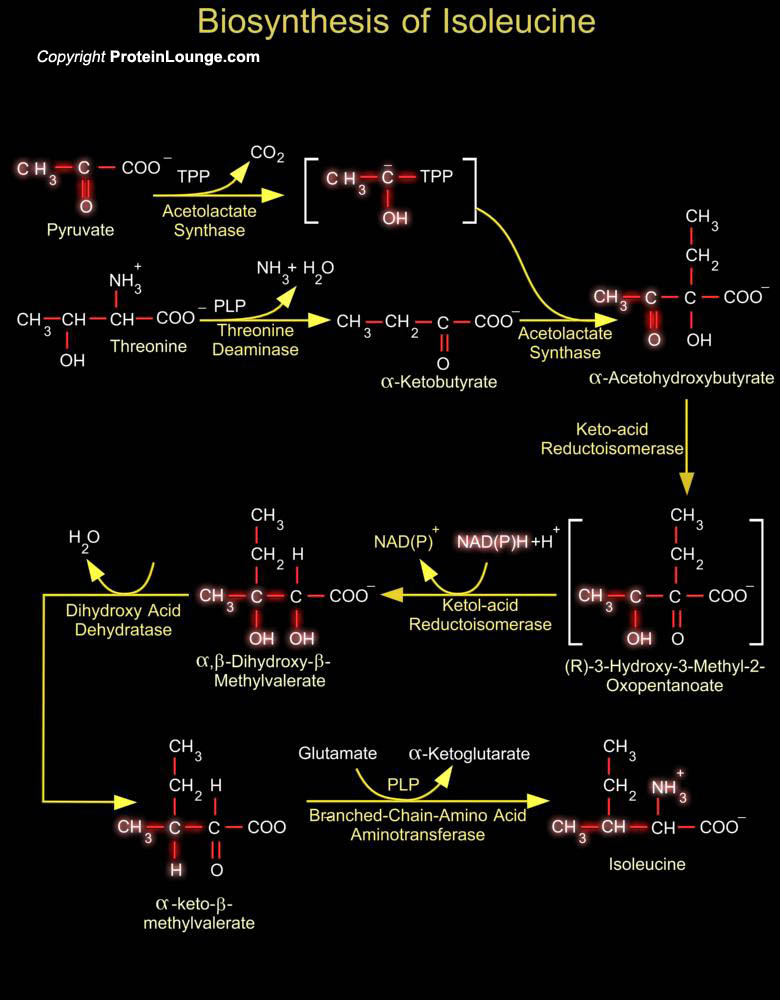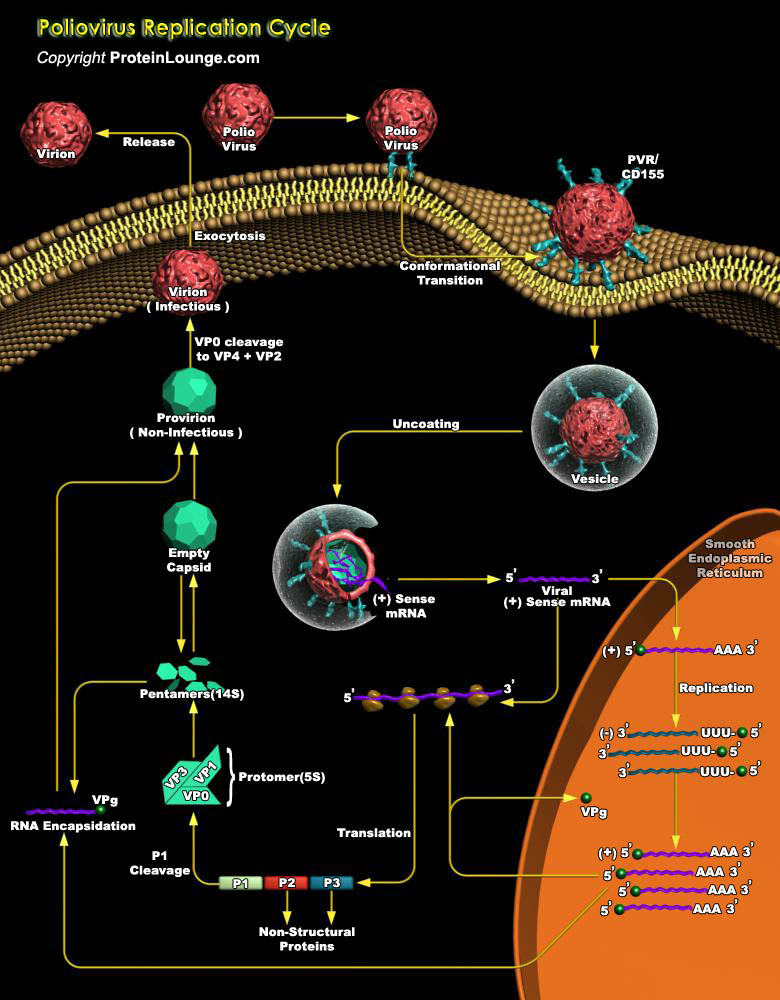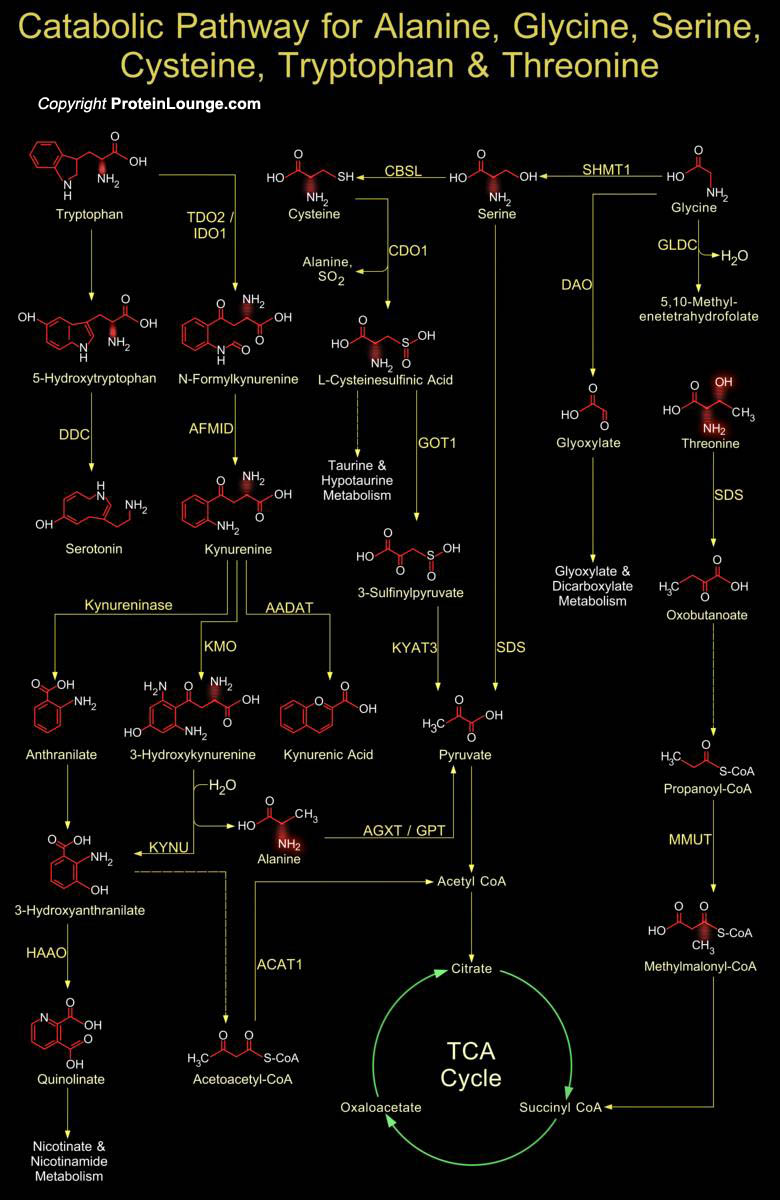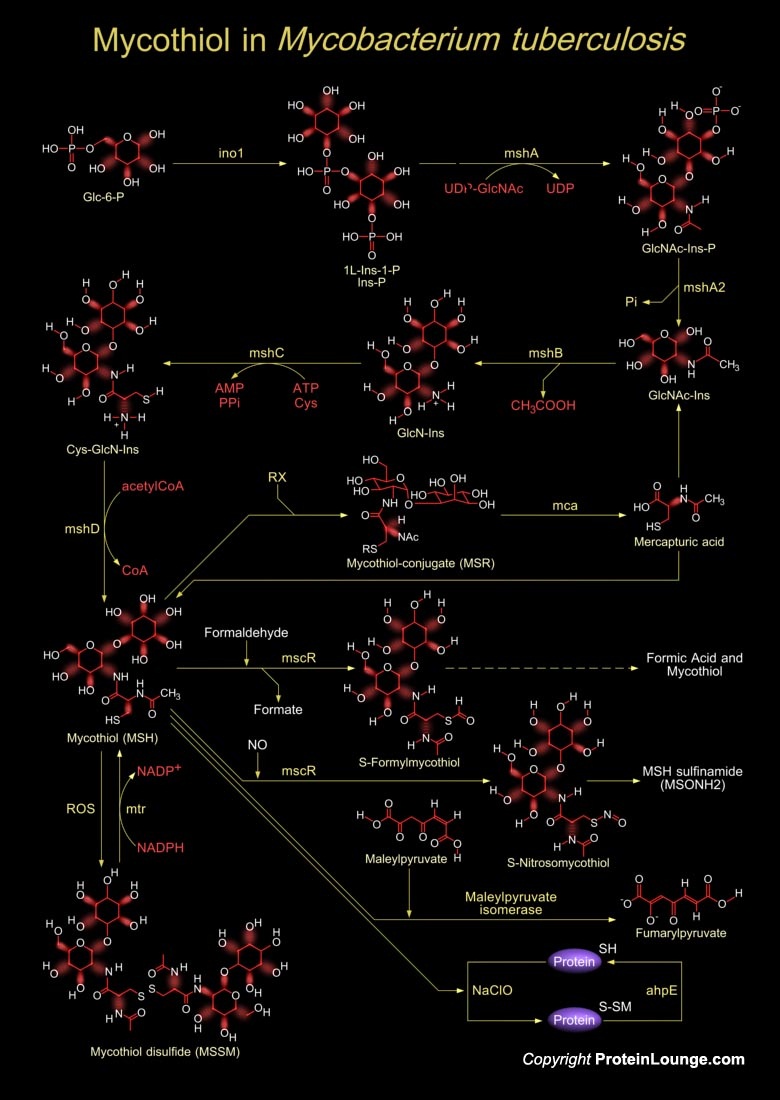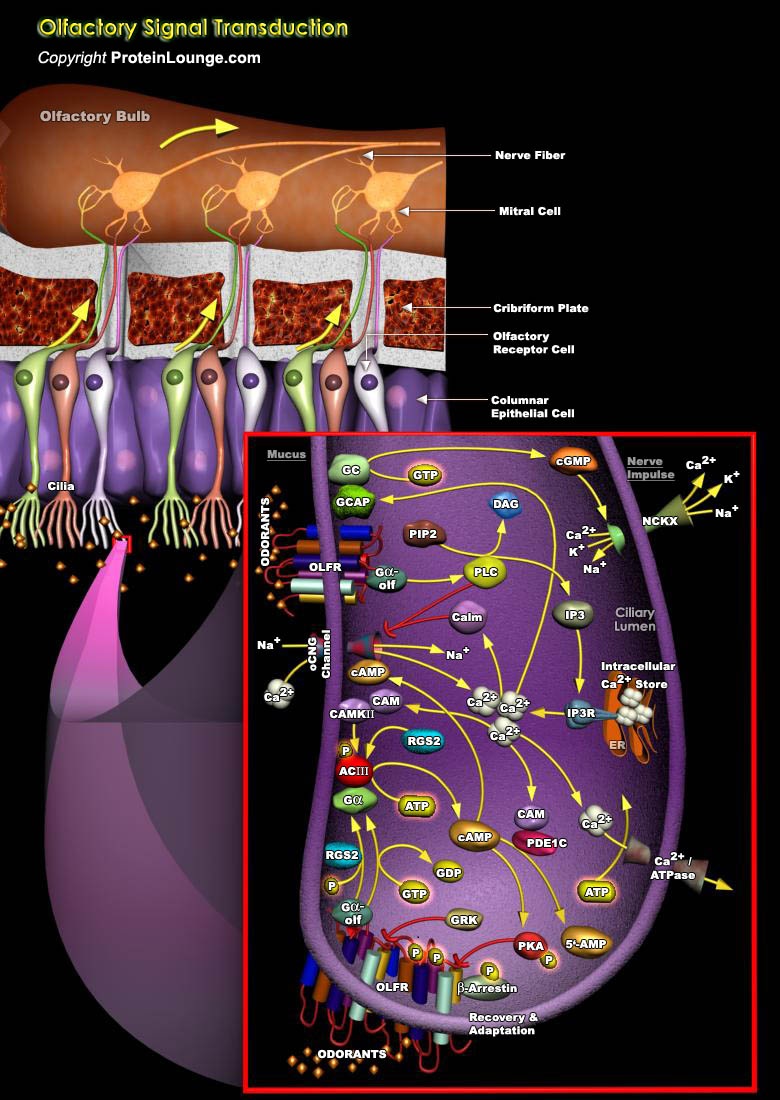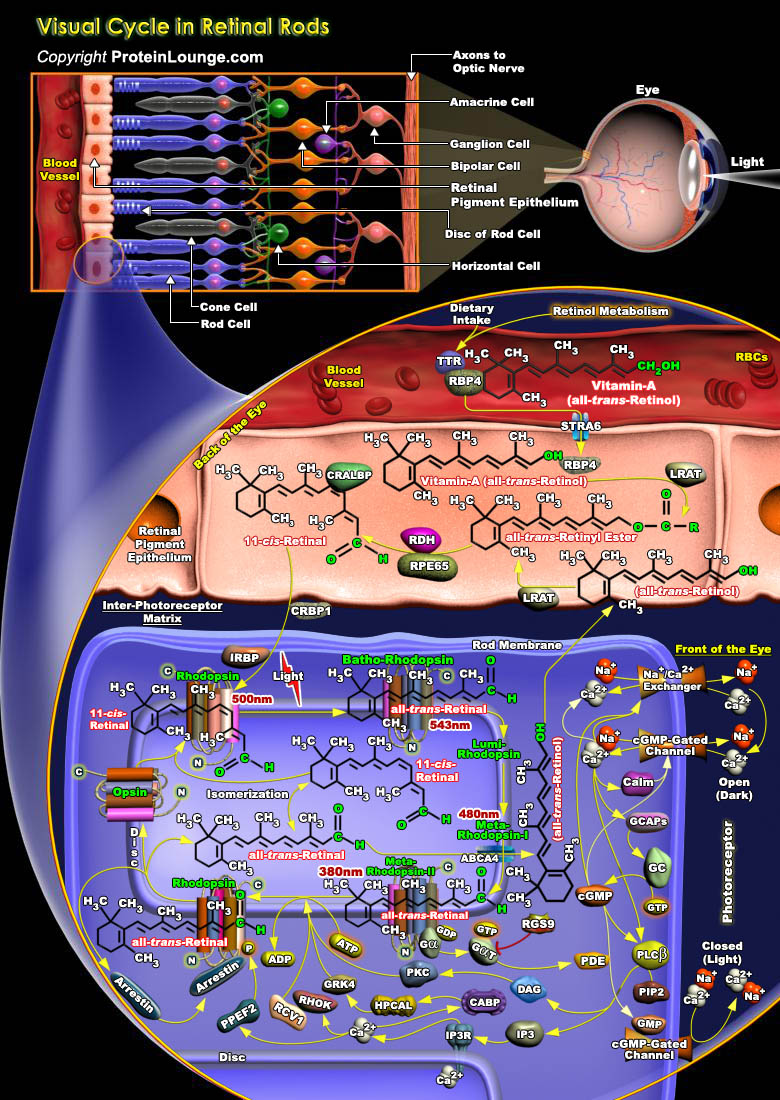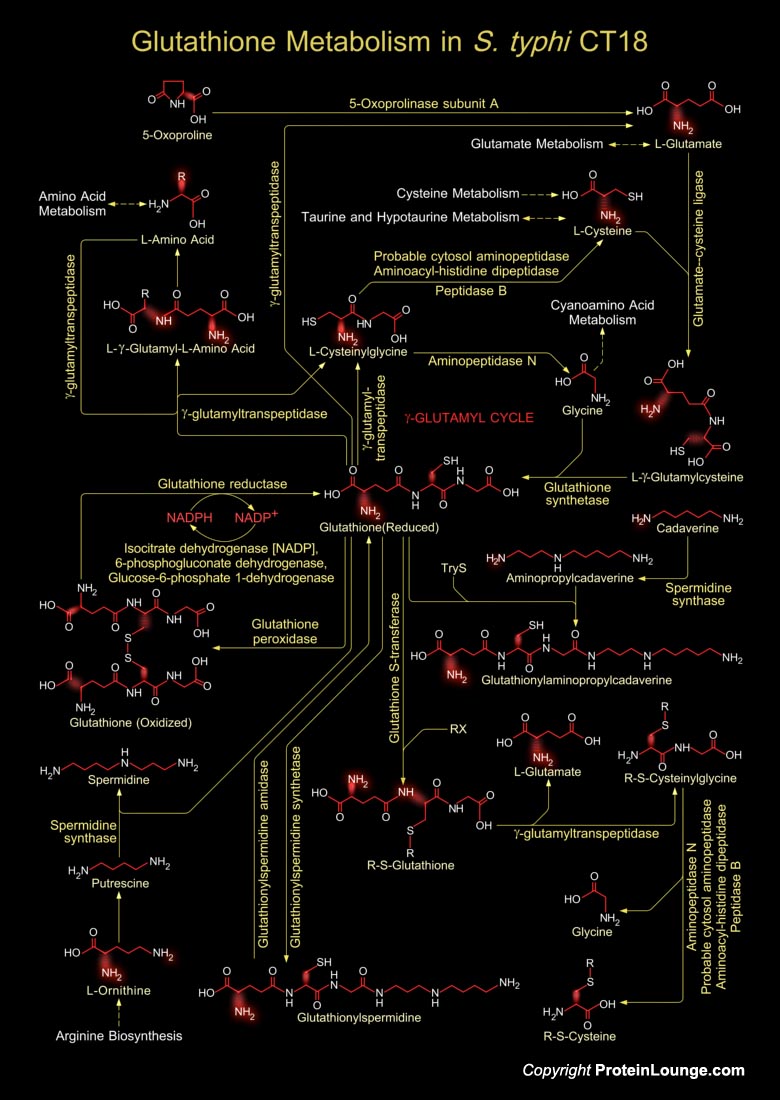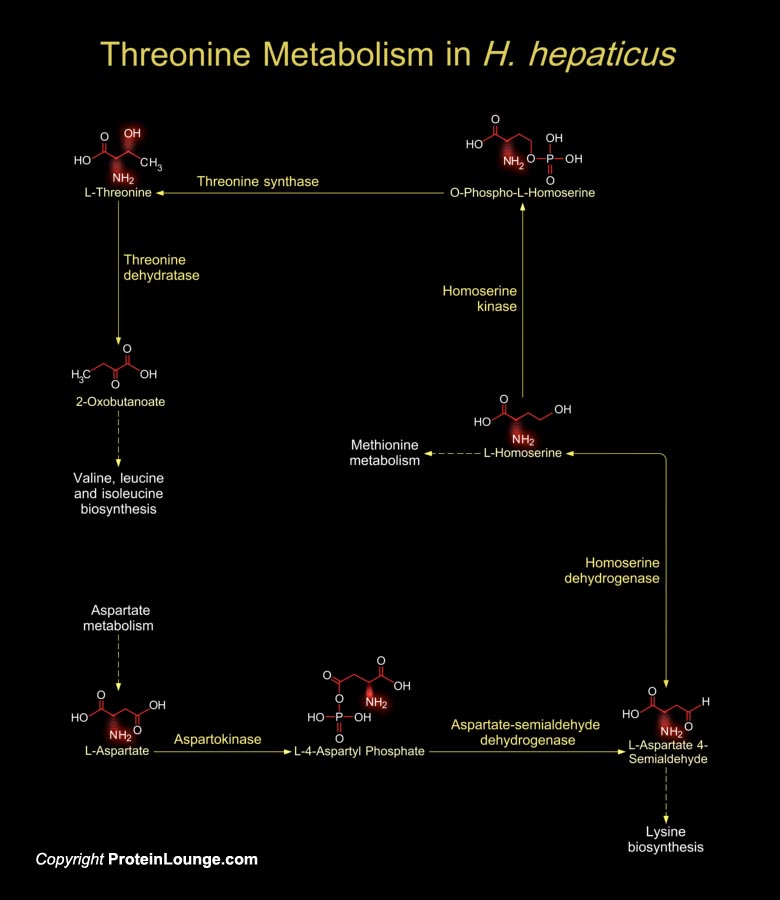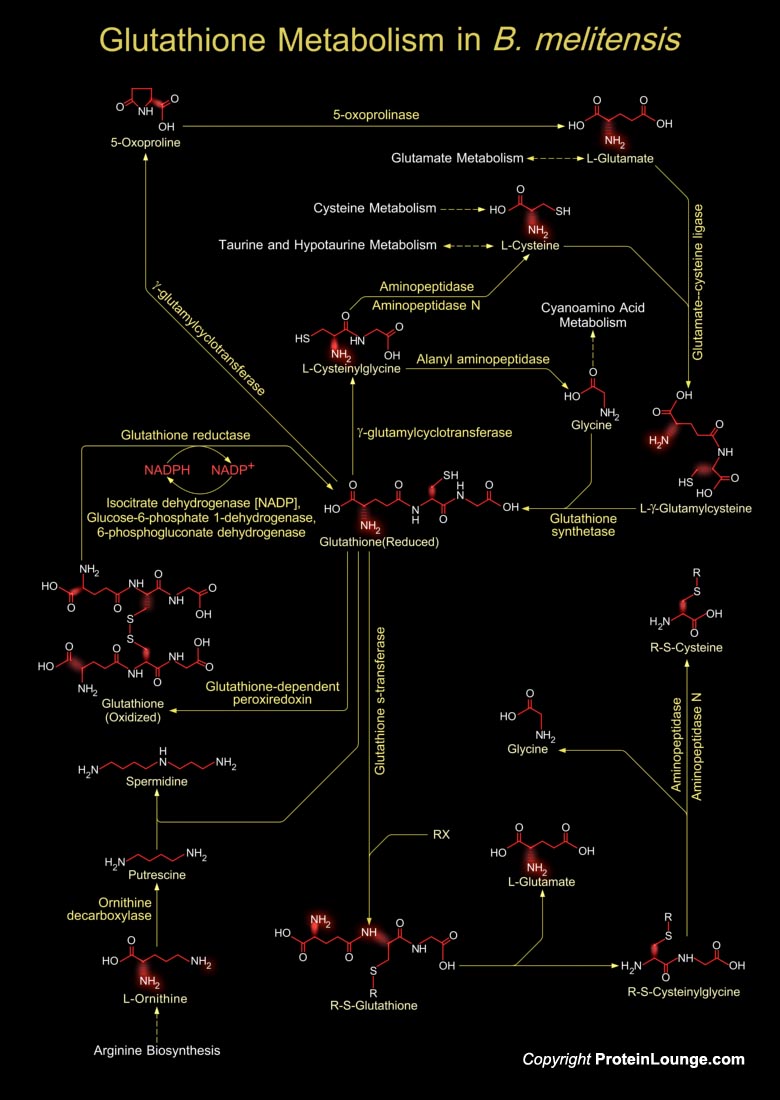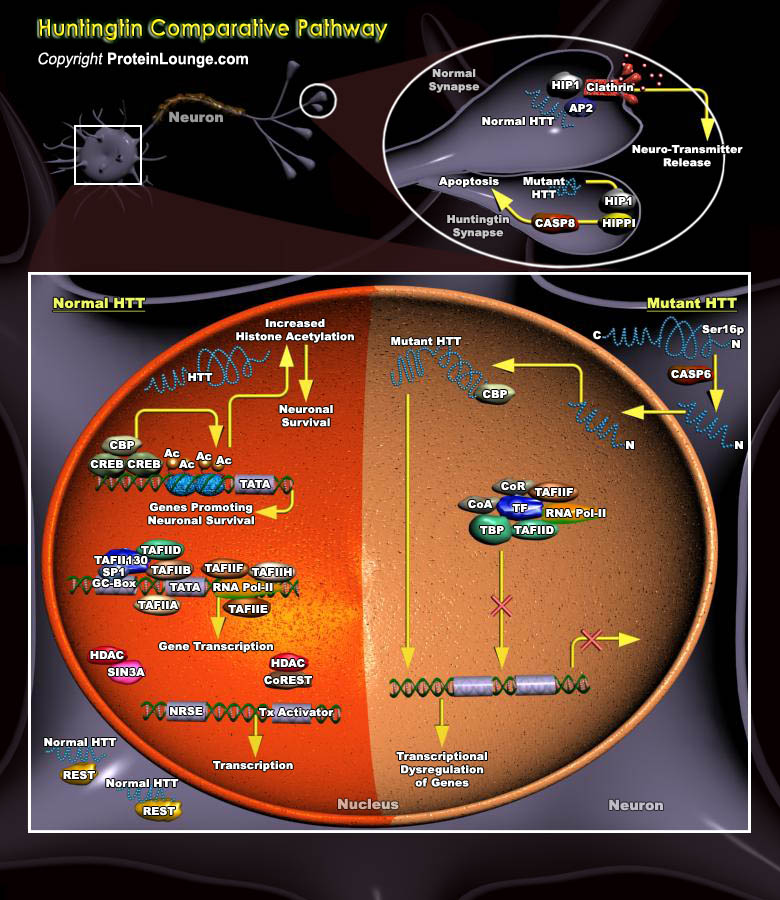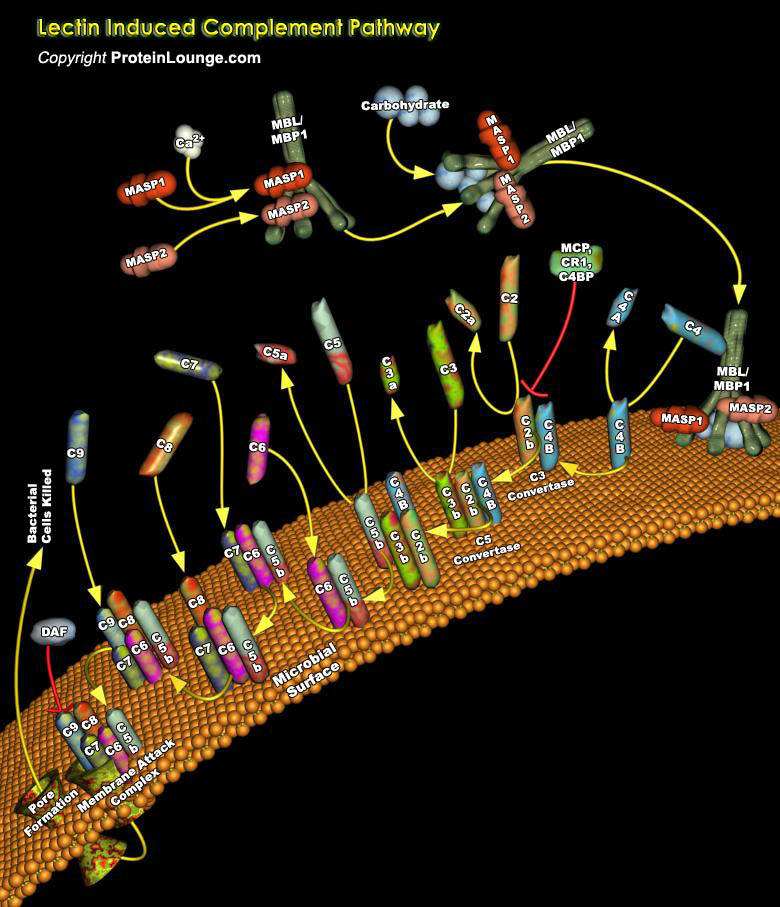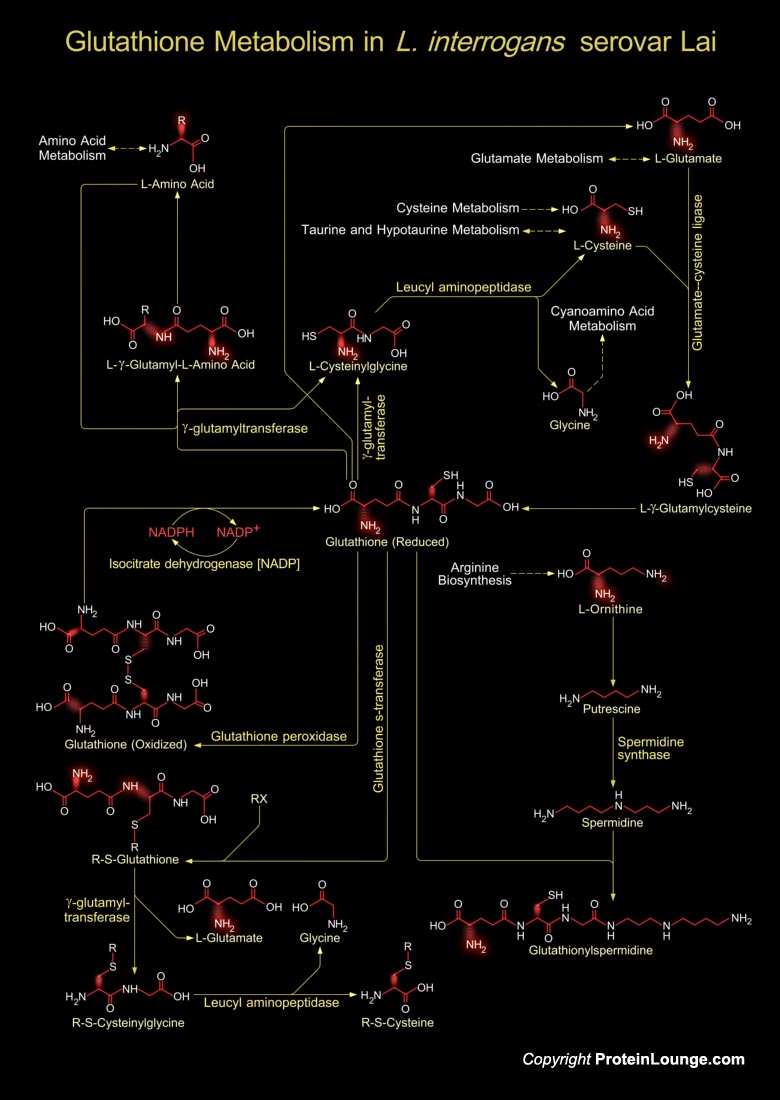Featured Pathways
.jpg)
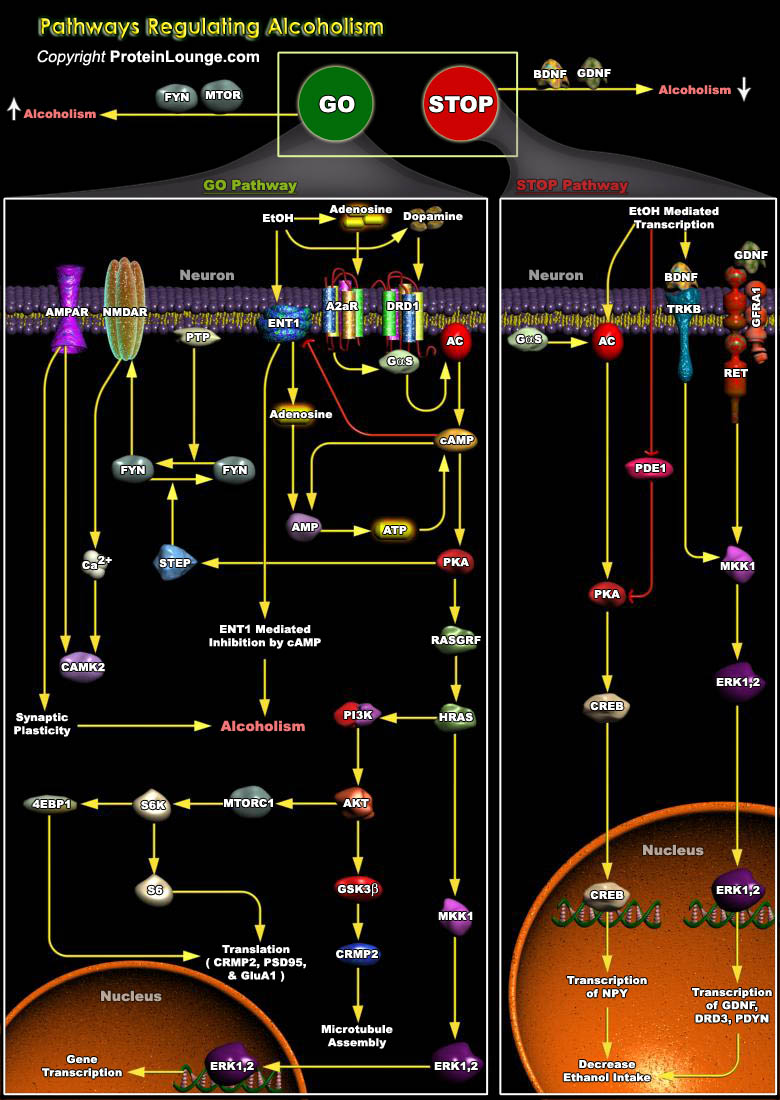
Ethanol is a psychoactive substance with rewarding and sedative-hypnotic properties that stem largely from its acute effects on specific signaling proteins that lead to changes in localization and post-translational modifications, gene expression and neuronal excitability. Neurons adapt to repeated ethanol exposure through homeostatic changes in cellular signaling pathways that serve to[..]
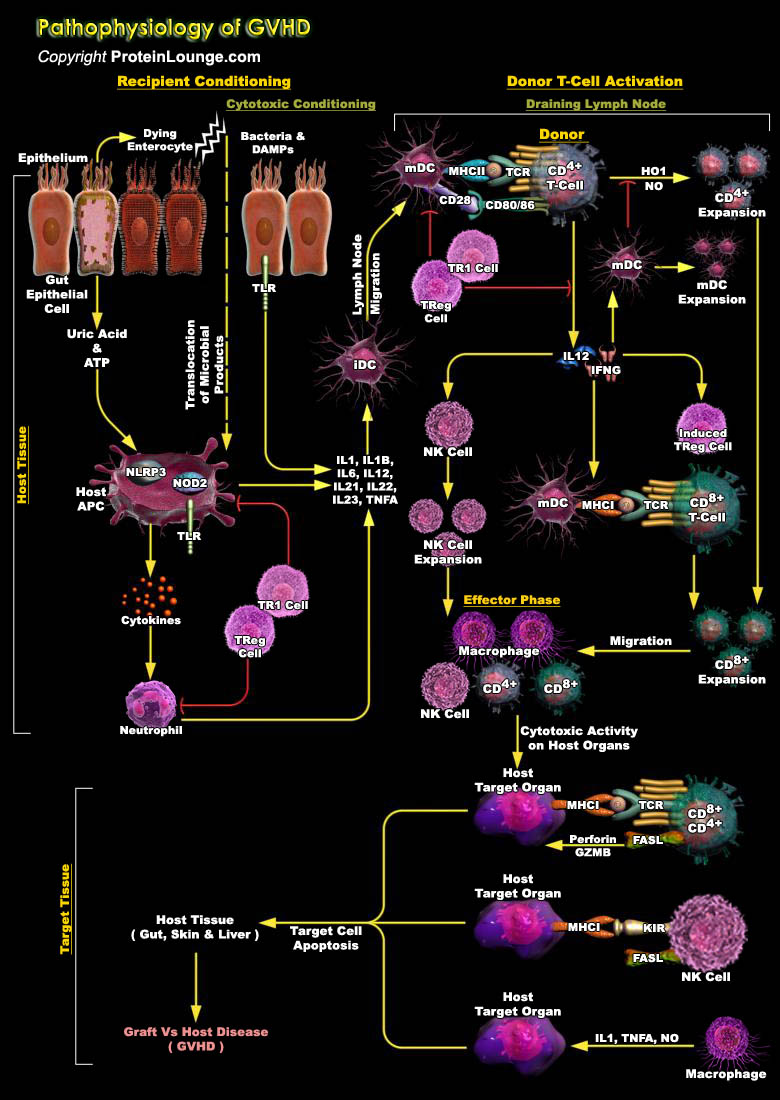
GVHD (Graft-Versus-Host Disease) is the main complication after allogeneic SCT (Stem Cell Transplantation) and induced by donor T cells in the graft. As in physiological T cell responses, alloreactive T cells depend on their activation by APCs (Antigen Presenting Cells). Potential APCs are B cells, monocytes/macrophages,and mainly dendritic cells (DC), the most efficient cells in antigen[..]
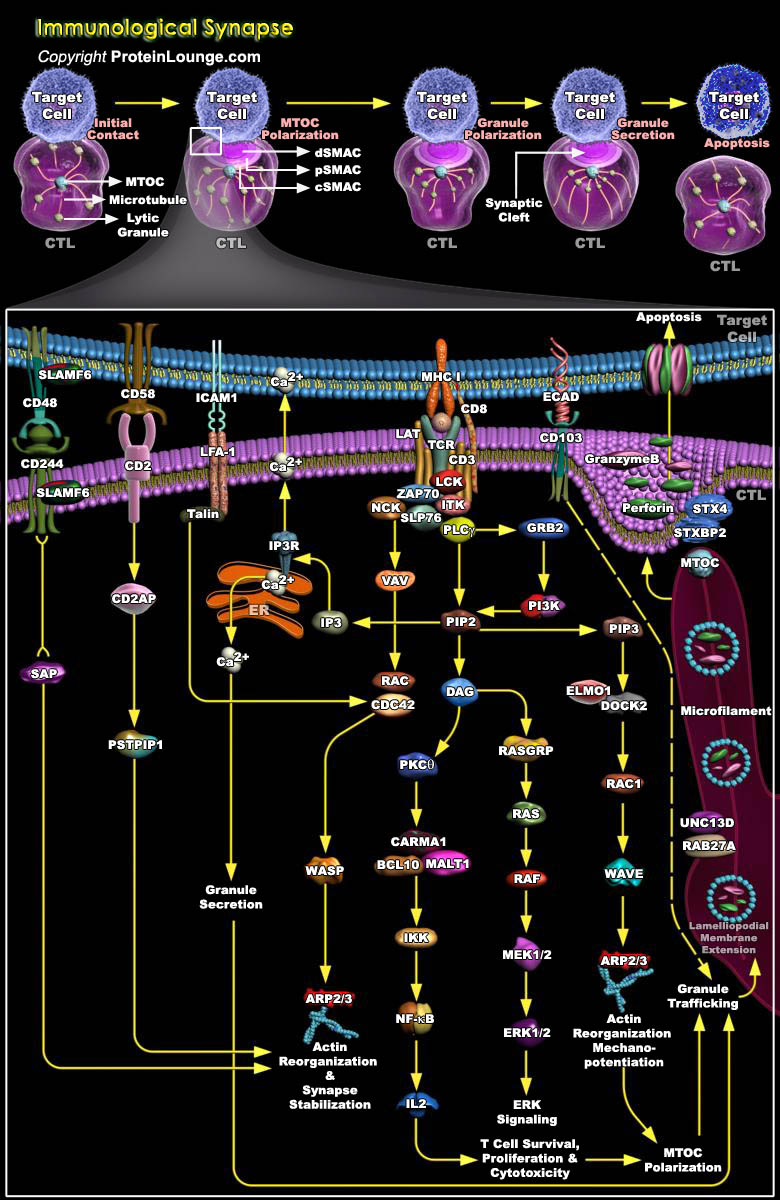
T-cell activation and effector function is mediated by the formation of a long-lasting interaction established between T-cells and APCs (Antigen-Presenting Cells) called Immunological synapse (IS). During T-cell activation, different signaling molecules as well as the cytoskeleton and the endosomal compartment are polarized to the IS. Compartmentalization of interactions at the interface of[..]
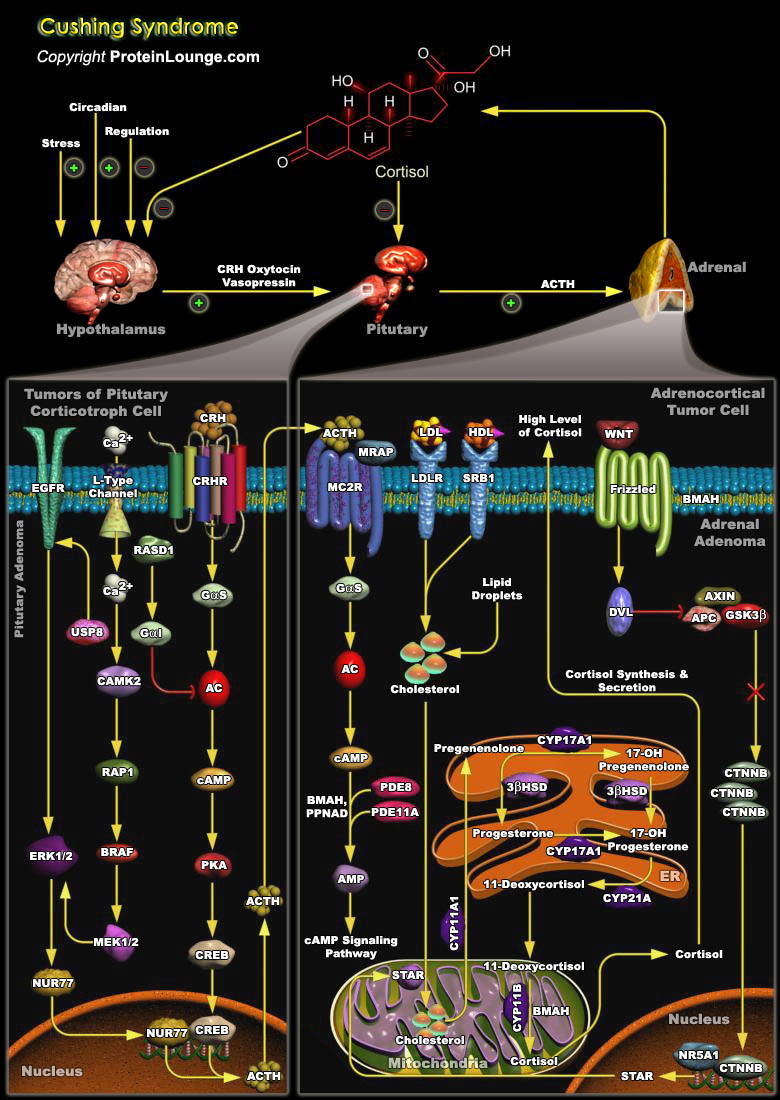
Cushing’s syndrome (CS) has been described for about a century and represents a classical syndrome in endocrinology. Recent years have been marked by progress in elucidating the etiology and the pathogenesis of the disease. Endogenous Cushing’s syndrome is classically divided into corticotrophin (ACTH)-dependent and ACTH-independent hypercortisolism. ACTH-dependent subtype is[..]
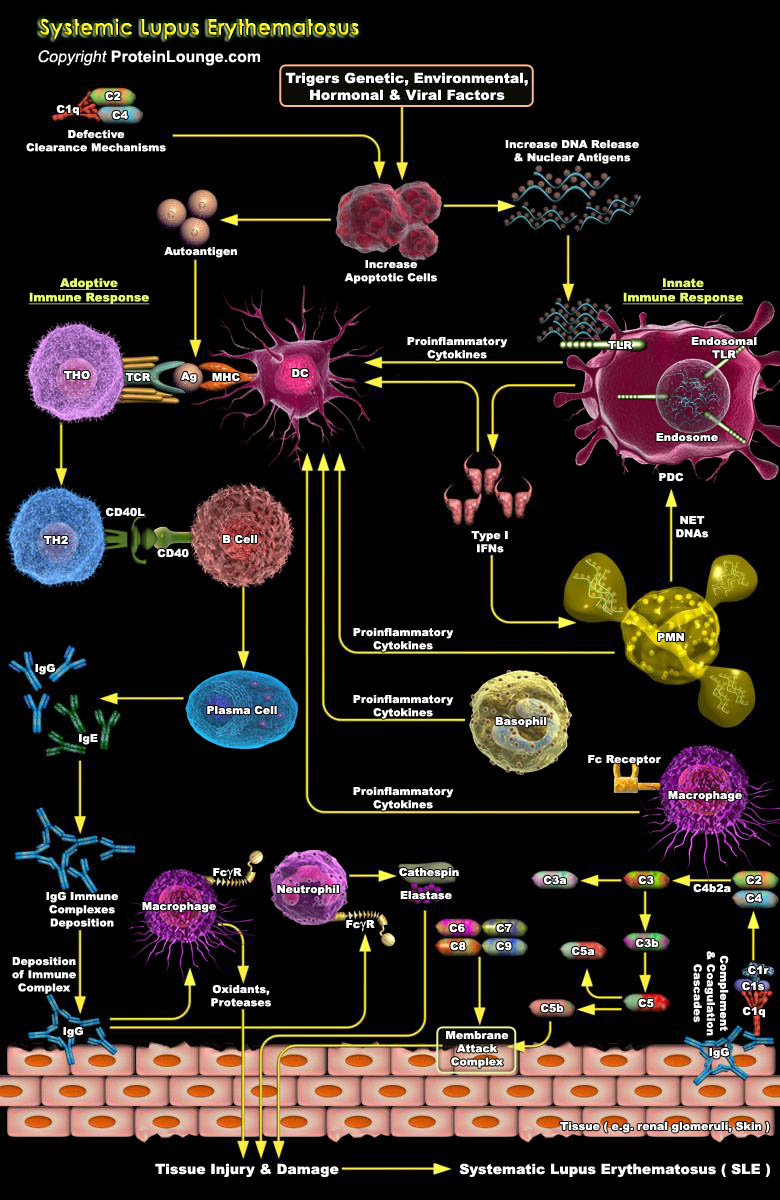
SLE (Systemic lupus erythematosis) is a chronic autoimmune disease characterized by the production of autoantibodies and the deposition of immune complexes, affecting a wide range of organs. A complex interaction of genetics, environmental factors and hormones result in the breakdown of immune tolerance to “self” leading to damage and destruction of multiple organs, such as the[..]
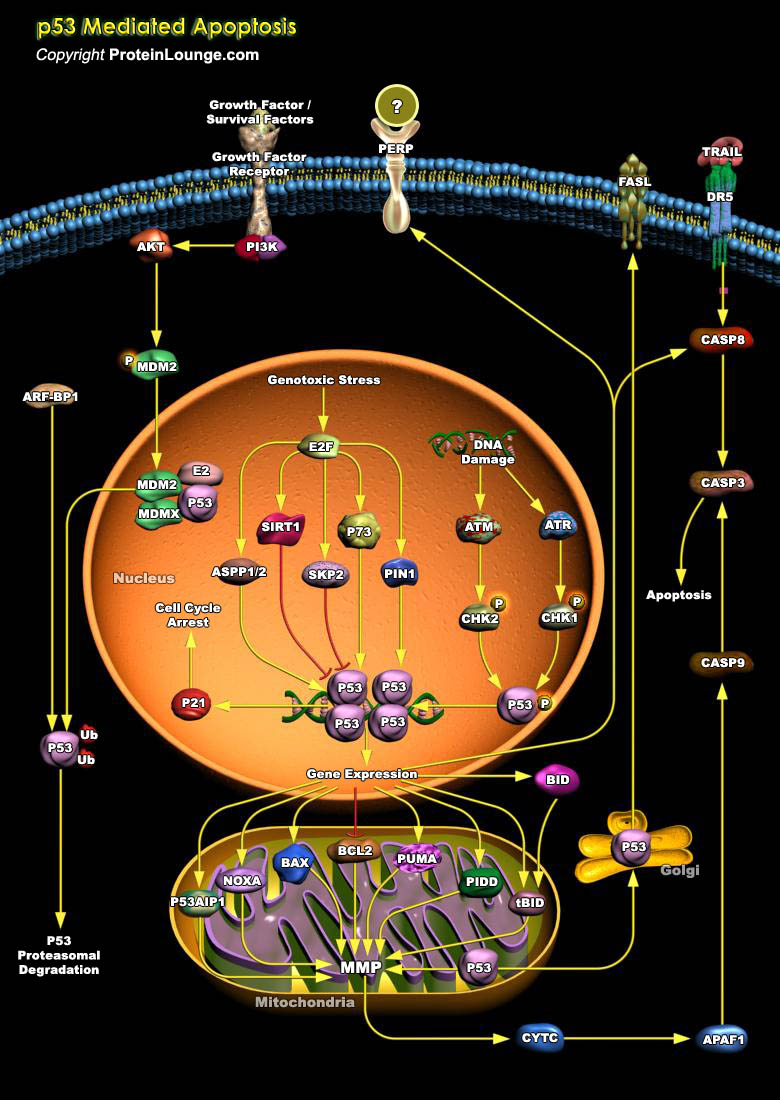
P53, the most extensively studied tumor suppressor, is a regulative factor of many processes necessary for the proper functioning of cells, and it corresponds to a number of processes associated with its life and death. The p53 protein regulates the repair of cellular DNA and induces apoptosis when the damage of the gene is too serious and it is impossible to repair. P53 can be activated by[..]
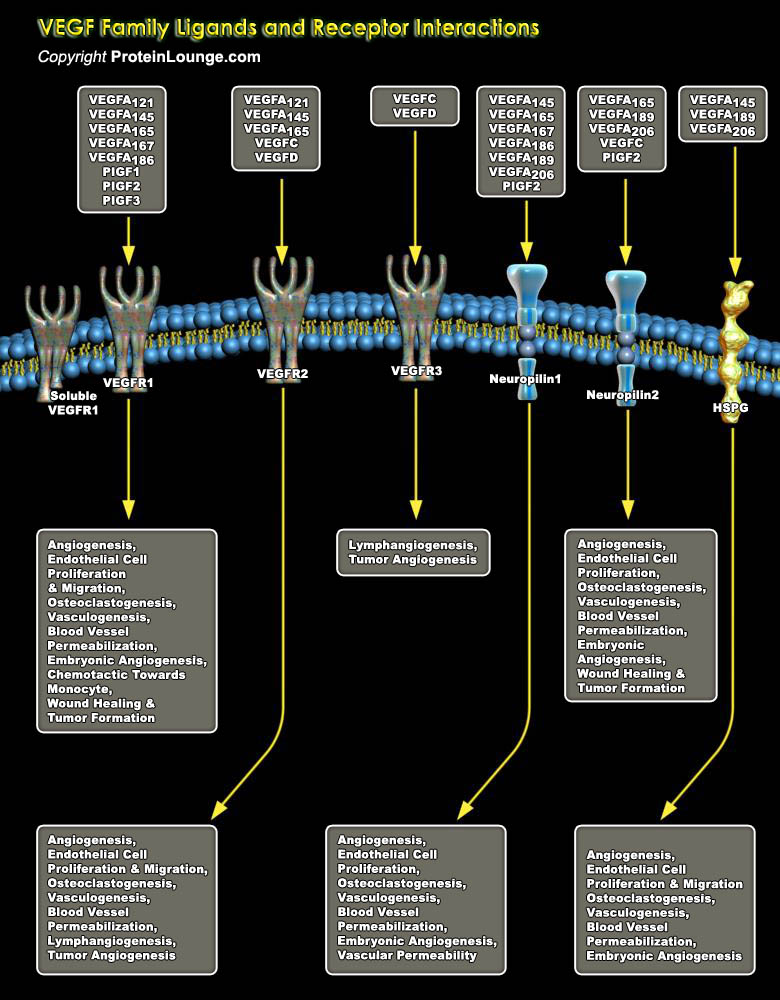
Angiogenesis and lymphangiogenesis, the growth of new blood vessels from preexisting ones, are important processes during embryonic development, tissue growth, wound healing, and several pathological conditions. Several molecules are important for angiogenesis, most important being vascular endothelial growth factor (VEGF) family members and their corresponding receptors. VEGF belongs to the PDGF[..]
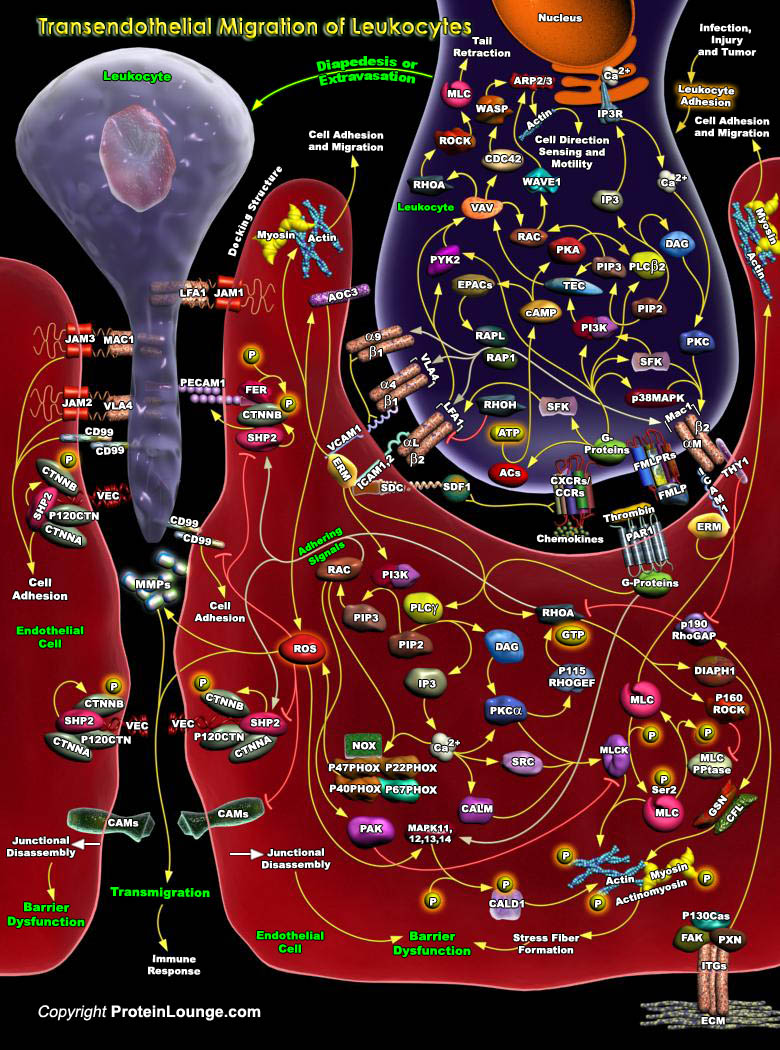
The endothelium functions as a semipermeable barrier, regulating tissue fluid homeostasis and transmigration of leukocytes and providing essential nutrients across the vessel wall. Transport of plasma proteins and solutes across the endothelium involves two different routes: one transcellular, via caveolae-mediated vesicular transport, and the other paracellular, through interendothelial[..]
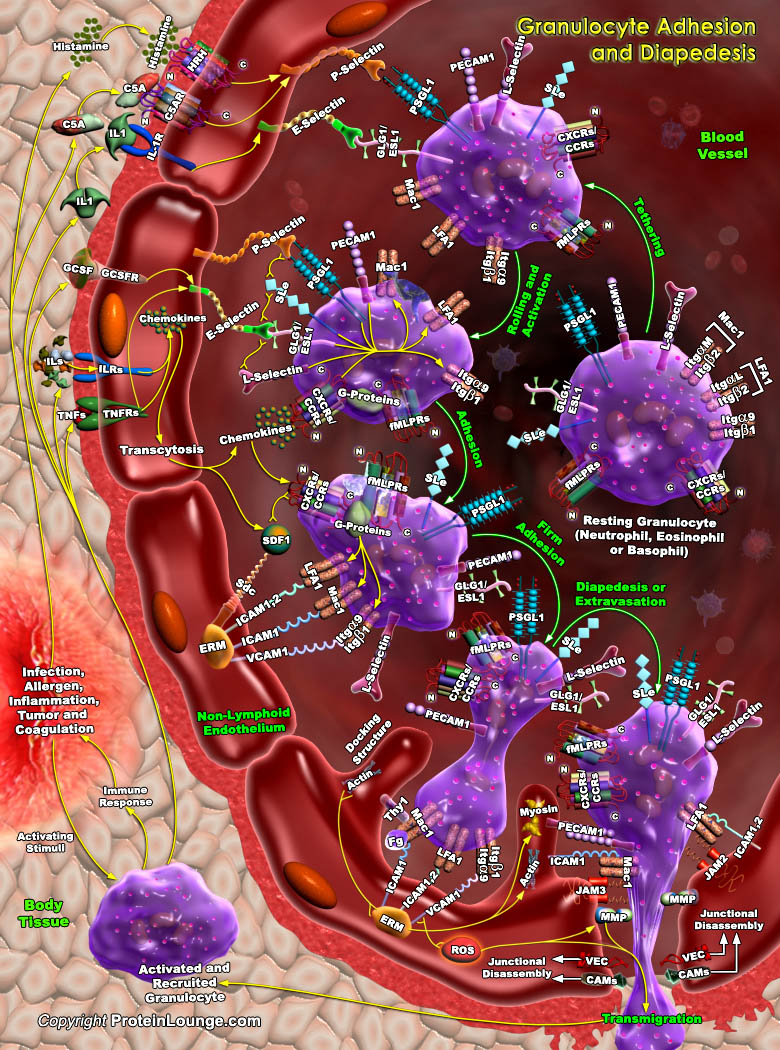
The migration of leukocytes or WBCs (White Blood Cells) from the vascular system to sites of pathogenic exposure is a key event in the process of inflammation. The inflammatory reaction enables the organism to defend itself against infectious microbes. The entry of leukocytes into sites of injury or infection requires molecular mechanisms which enable the leukocytes to recognize such sites[..]
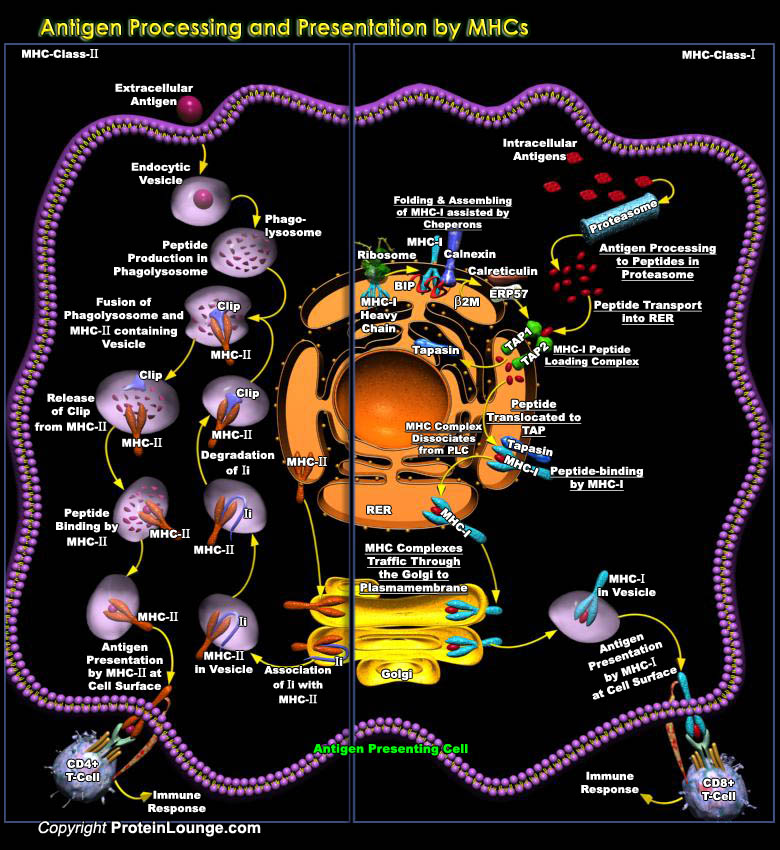
In order to initiate a specific immune response to an infectious agent, the immune system must be able to wade through the sea of molecules that are associated with pathogenic invasion and isolate particular protein products that will sharpen the efforts of host defense. Implicit to this model of counteraction is the processing of an immunogenic peptide epitope (Antigen Processing) and its[..]
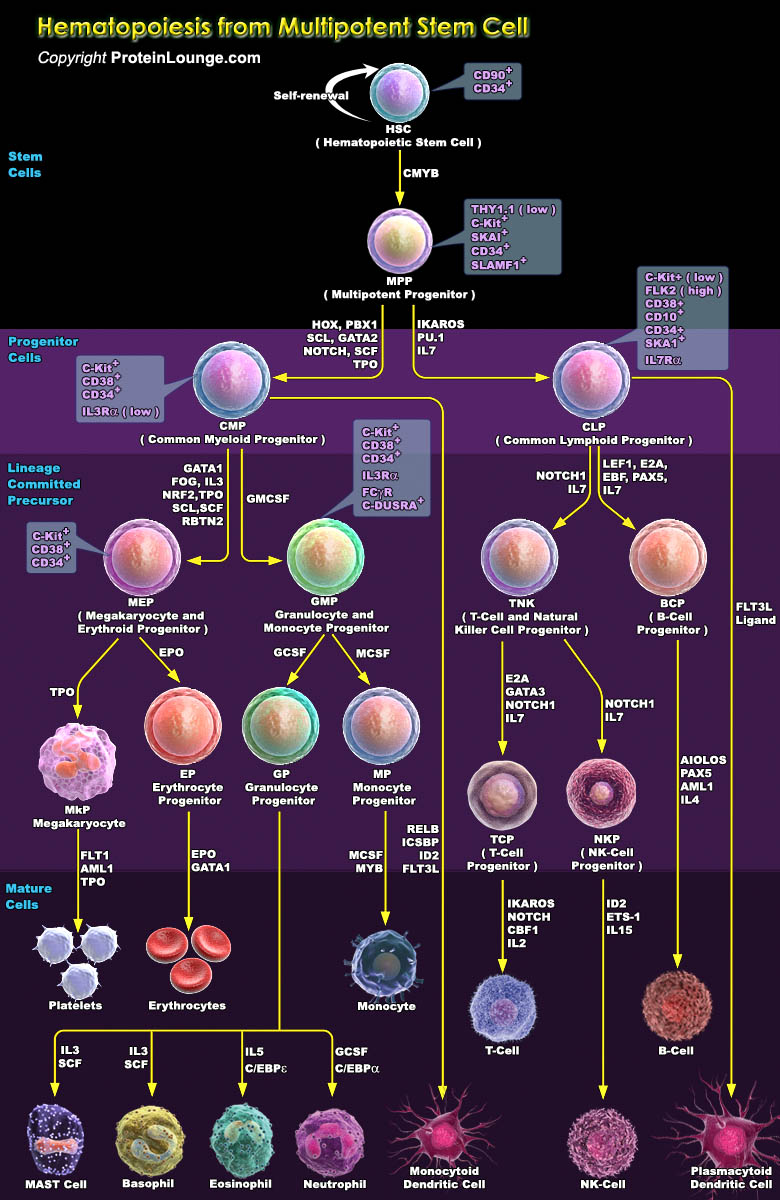
Hematopoiesis is the process that generates blood cells of all lineages (Ref.1). The process of generation of blood cells begins in the early embryo and continues throughout life. Every day, billions of new blood cells are produced in the body, each one derived from a HSC (Hematopoietic Stem Cell). Because most mature blood stem cells have a limited life span, the ability of HSCs to perpetuate[..]


